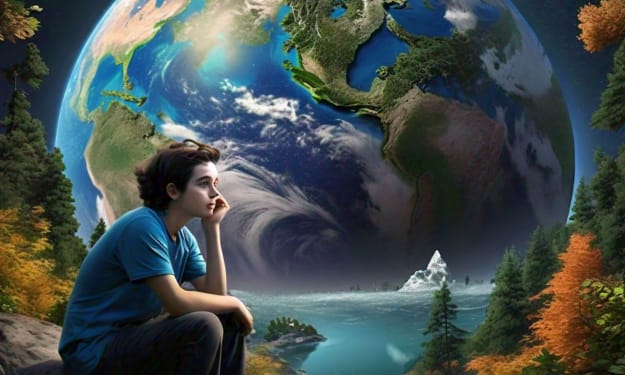Whats hidden in the secret of the moon?
stormy exertion ** substantiation suggests that the Moon was formerly volcanically active, with vast lava plains covering its face. Exploring the far side could give perceptivity into the extent and nature of once stormy exertion, slipping light on the Moon's geologic elaboration.
The Moon, Earth's only natural satellite, has long charmed mortal imagination and curiosity. Its serene, argentine gleam against the night sky has inspired innumerous myths, legends, and scientific inquiries. While the Moon's face has been considerably explored by mortal operations and robotic spacecraft, there are still aspects of its retired side, constantly facing down from Earth, that continue to intrigue scientists and space suckers likewise. Unseen mystifications
1. ** Craters and Basins ** The far side of the Moon, frequently incorrectly appertained to as the" dark side," isn't constantly shrouded in darkness, but it does remain unseen from Earth due to tidal locking. This region is believed to be rich in impact craters and large basins, potentially containing precious geological information about the Moon's history and conformation.
2. ** stormy exertion ** substantiation suggests that the Moon was formerly volcanically active, with vast lava plains covering its face. Exploring the far side could give perceptivity into the extent and nature of once stormy exertion, slipping light on the Moon's geologic elaboration.
3. ** Subsurface Structures ** Radar compliances have revealed anomalies beneath the lunar face, including possible lava tubes, collapsed lava polls, and buried impact structures. probing these subterranean features could yield suggestions about the Moon's internal composition and geologic processes.
4. ** Water Ice Deposits ** Recent discoveries have verified the presence of water ice in permanently shadowed regions near the Moon's poles. While these findings have primarily concentrated on the near side, exploring the far side could uncover fresh ice deposits and interpret their distribution and origin.
5. ** Geophysical Phenomena ** The far side of the Moon offers unique openings for studying geophysical marvels, similar as moonquakes and glamorous anomalies. Understanding these processes could enhance our knowledge of lunar geology and geodynamics. Exploring the Dark Side
1. ** Lunar operations ** Several lunar operations, both once and planned, aim to explore the far side of the Moon in lesser detail. China'sChang'e operations, includingChang'e 4, which successfully landed on the far side in 2019, have handed precious data and images from this uncharted home.
2. ** Robotic disquisition ** Robotic landers and rovers equipped with advanced instruments are essential for studying the far side's geology, geomorphology, and environmental conditions. These operations can conduct detailed analyses of face accoutrements , chart terrain features, and probe subterranean structures.
3. ** transnational Collaboration ** cooperative sweats between space agencies and transnational mates are pivotal for advancing lunar disquisition. enterprise similar as NASA's Artemis program end to establish sustainable mortal presence on the Moon, using moxie and coffers from multiple nations.
4. ** Technological Innovation ** Continued advancements in spacecraft design, propulsion systems, and independent navigation are driving the coming generation of lunar disquisition. New technologies, similar as CubeSats and lunar rovers with enhanced mobility and scientific capabilities, enable further ambitious operations to the Moon's far side. unborn Discoveries
1. ** Scientific perceptivity ** disquisition of the far side of the Moon promises to yield significant scientific discoveries, ranging from perceptivity into lunar geology and geophysics to examinations of cosmic marvels and space rainfall.
2. ** Resource Prospects ** Assessing the Moon's eventuality as a resource-rich destination for unborn mortal disquisition and space commerce is another area of interest. Water ice, rare minerals, and regolith- deduced accoutrements could support long- term lunar habitation and serve as precious coffers for space disquisition and artificial conditioning.
3. ** Cultural and Educational Impact ** The disquisition of the far side of the Moon captures the imagination of people worldwide, inspiring unborn generations of scientists, masterminds, and explorers. Educational outreach sweats and public engagement enterprise help foster interest in space disquisition and promote scientific knowledge.
In conclusion, while the far side of the Moon remains hidden from direct view, it represents a frontier of disquisition and discovery, offering tantalizing openings to unravel its mystifications and unleash the secrets of our elysian neighbor. Through cooperative sweats, technological invention, and scientific curiosity, humanity continues its trip of disquisition, driven by a desire to expand our understanding of the macrocosm and our place within it.
About the Creator
Enjoyed the story? Support the Creator.
Subscribe for free to receive all their stories in your feed. You could also pledge your support or give them a one-off tip, letting them know you appreciate their work.






Comments
There are no comments for this story
Be the first to respond and start the conversation.